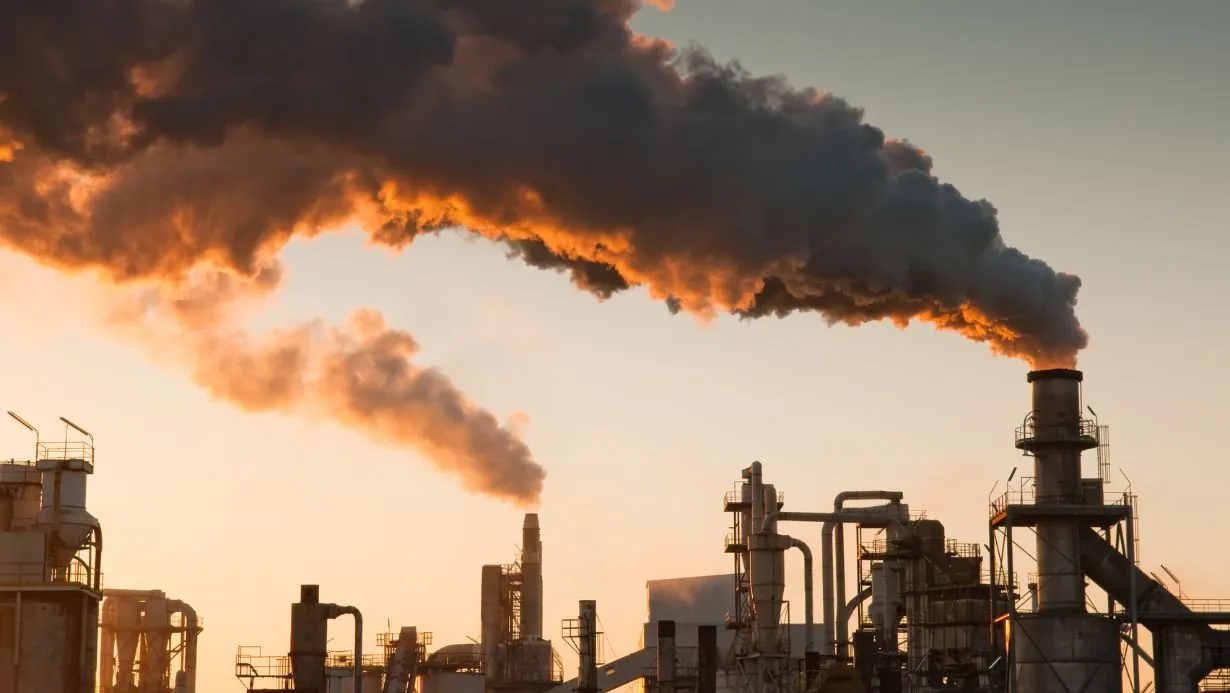The Supreme Court has asked Delhi, Punjab, Haryana, Uttar Pradesh, and Rajasthan to submit affidavits on air pollution control. A three-judge bench led by Justice SK Kaul ordered Delhi, Punjab, Haryana, Uttar Pradesh, and Rajasthan to submit their affidavits by Tuesday.
According to the bench, crop burning is one of the main causes of Delhi’s air pollution.
A report on the steps being taken to control air pollution in and around Delhi had earlier been requested by the top court.
Delhi’s air pollution problem
Farm fires in Punjab may have decreased sharply this year, but Delhi’s air pollution is the most since 2020.
CPCB data show that the average AQI in the city between October 1 and October 29 was 210, lower only than October 2020’s 257.
When pollutants are lower, why is Delhi breathing in more toxic air? The answer lies in rain.
Delhi saw 6 rainy days in October 2022, when the average AQI was 198. It saw 7 rainy days in October 2021, when the AQI was 166, its best October on record.
Among the reasons Delhi is among the most polluted capital cities in the world are geography, vehicular destiny, dust and farm fires, but weather is also a factor.
Strong winds and rain can wash air pollution
Both 2021 and 2022 experienced over 120 millimeters of rain, whereas 2020 experienced only trace amounts.
Over the past week, there has been no rain or wind following the rains during the third week.
As a result, pollutants have accumulated. Diminishing temperatures further exacerbate the problem as the area for pollutant dispersion decreases.
In the next week, there is no chance of rain, and pollutants are expected to rise,” said a senior IMD official.
As paddy harvests in Punjab continue number of fires increase in next some days
According to the official, since the festivals are later than usual this year, the harvest is also later than usual. This means that there are still many farms with standing crops, which may be burned in the coming days as sowing time approaches.
Delhi’s only clean fuel buses
From Wednesday, only electric, CNG, and BS-VI compliant buses will be allowed into Delhi.
A surprise inspection of Kashmere Gate ISBT was conducted on Sunday by Environment Minister Gopal Rai.
In Delhi, there are more than 800 electric buses. However, pollution is rising due to BS-III and BS-IV diesel buses running in UP, Haryana and Rajasthan.
During the inspection at ISBT, it was determined that all the buses that have come here from UP and Haryana are BS-III and BS-IV buses. None of the buses that have come from there are electric or CNG buses. Rai says that this is why the Centre should ban BS III and BS IV buses from operating in Haryana, Uttar Pradesh and Rajasthan NCRs.
On November 1, the Transport Department will conduct a campaign at all entry points to check buses entering the city and take action against buses that violate the rules.
Also Read:
